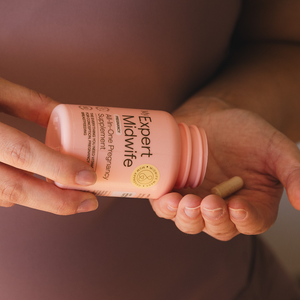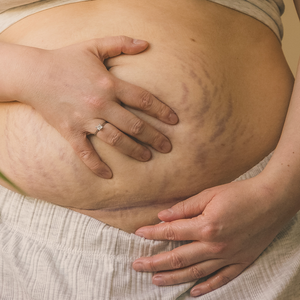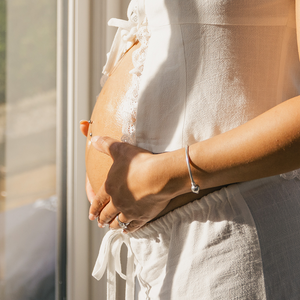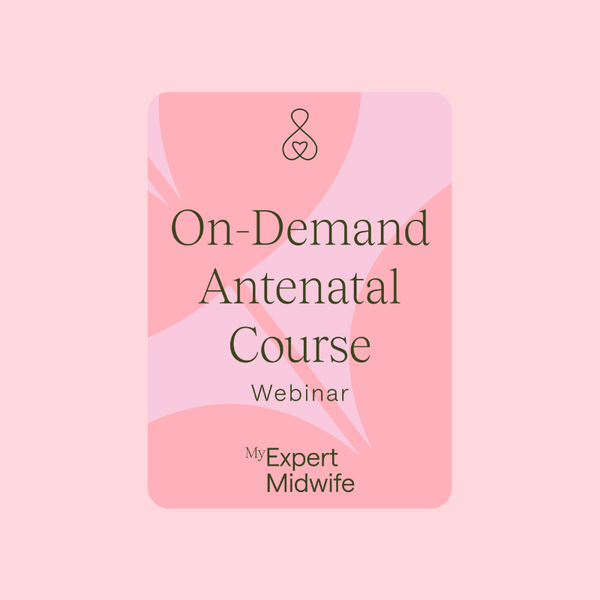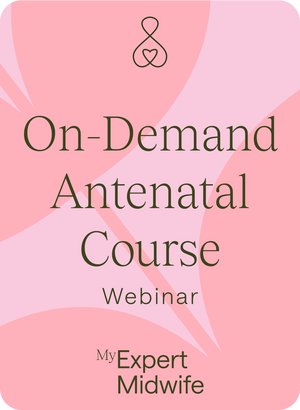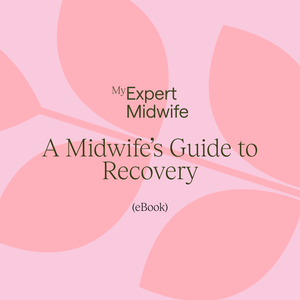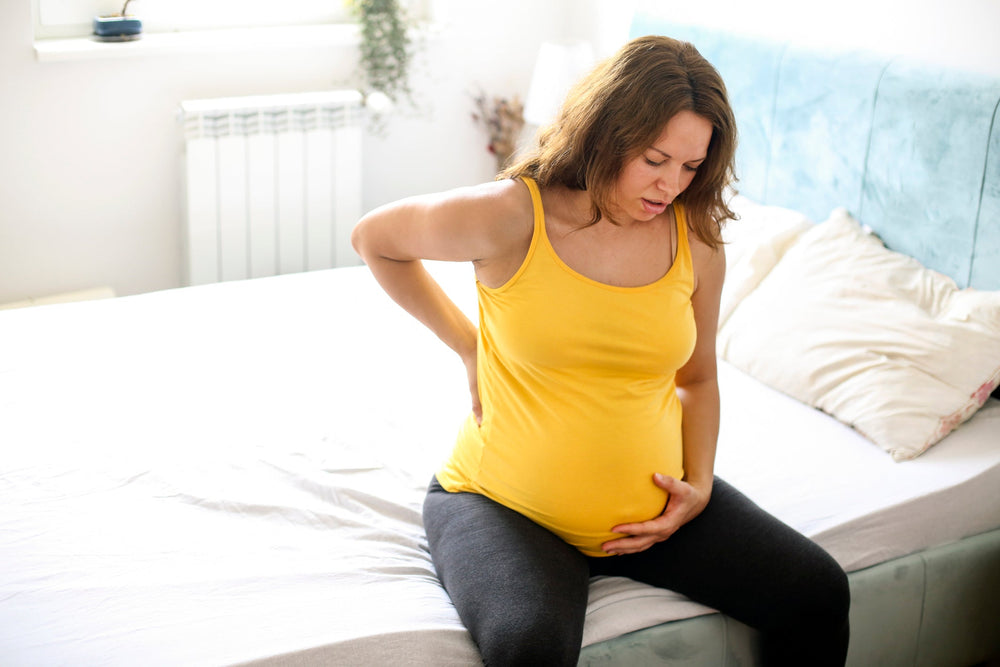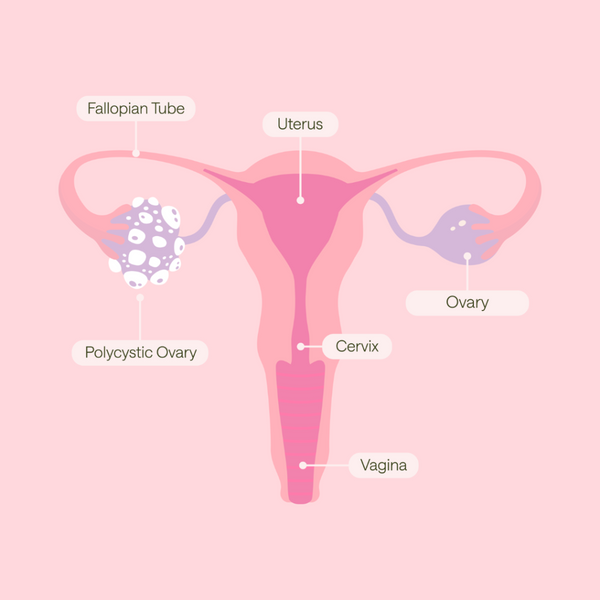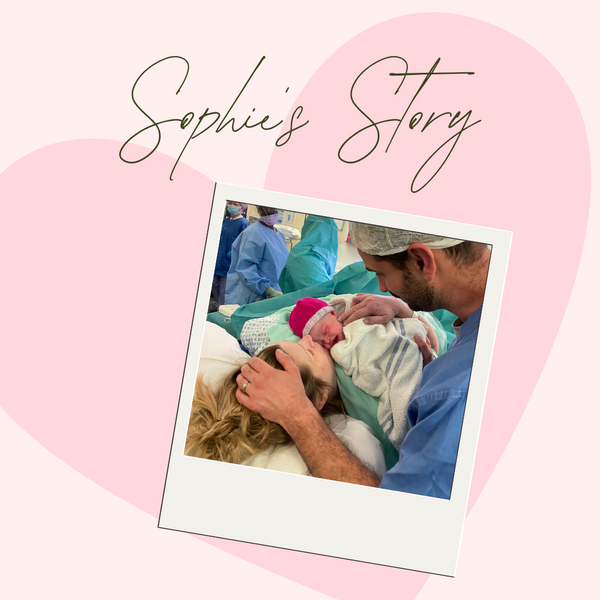Is it normal to experience abdominal pain during pregnancy? What might this pain feel like during early pregnancy, mid pregnancy and into the third trimester, and what are the various causes?
Abdominal pain can be common in pregnancy and, more often than not, is nothing to be concerned about. Most commonly, abdominal pains in pregnancy are caused by one of three things: constipation, trapped wind or ligament pain around your bump (also known as growing pains).
These could be experienced as sharp pains or dull aches but should ease with a change of position, after a bowel movement or passing gas, for example.
If the woman experiences severe pain, cramping that is regular, any bleeding, abnormal vaginal discharge, burning when - or immediately after - she passes urine or has any other symptoms or concerns, she should contact and be assessed by her maternity unit, midwife or GP.
Some common causes of abdominal pain in pregnancy that require simple medical treatment – like antibiotics - include urinary tract infections (UTIs) and pelvic inflammatory disease (PID) – the latter usually caused by a sexually transmitted infection (STI).
In early pregnancy, more severe abdominal pains, with or without bleeding, could indicate a threatened or early miscarriage or something more serious such as an ectopic pregnancy. In the later stages of pregnancy, they could signify premature labour, although this is rare. Therefore, it is important to seek professional advice if there are any concerns.
How can you ease abdominal pain during pregnancy?
There are various methods to ease abdominal pain during pregnancy.
If constipation or trapped wind are the causes, abdominal massage, light exercise and drinking digestive teas such as peppermint can offer relatively quick relieve of milder symptoms. However, prevention and longer-term management options include having a diet rich in fibre, eating slowly and avoiding those foods that make us gassy, drinking plenty of water and doing regular exercise.
Ligament pains can be eased with regular stretching (pregnancy yoga is great for this), changes of position and/or warmth (e.g. bath, warm heat-packs, etc). And while rest can help ease the pain, regular light exercise can also be a good pain relief tool.
Emptying your bladder regularly and fully can also help to ease discomfort and, potentially, help avoid UTIs.
In early pregnancy, what kind of abdominal pain is not normal? What signs/symptoms might you notice that may indicate something isn't quite right (e.g. bleeding)?
Mild, period-type cramps tend to be common in early pregnancy. However, if these are not relieved by rest, warmth and/or simple analgesia or if they are severe, they could be a sign of miscarriage or ectopic pregnancy. Whilst it is estimated that 1 in 5 pregnancies end up in an early miscarriage, only 1 in 90 are ectopic.
Signs and symptoms to look out for include: bleeding or spotting, abnormal vaginal discharge, dizziness and/or fainting, feeling and/or looking unwell without a known reason, pain in shoulders/s, sudden acute pain or prolonged dull aching in the lower abdomen/pelvic area.
In mid pregnancy, what kind of pain is not normal, and might suggest a late miscarriage?
During mid-pregnancy, most abdominal pain is usually related to the ligaments that attach to the womb and stretch as the latter grows and accommodates.
Late miscarriages are pregnancy losses that occur between the 12th and 24th week of pregnancy. They are rare and only occur in 1-2% of pregnancies.
Again, any pain (new or worsening) that is not relieved with simple at-home measures or that is accompanied by vaginal bleeding, abnormal discharge and/or other symptoms, should be assessed by a midwife or a doctor.
Late miscarriages do sometimes present with similar pain to UTIs but without other urinary signs or symptoms. The pain may also start in or spread to the lower back.
In the third trimester, what kind of pain is not normal? What might cause this?
More often than not, pain in the third trimester is musculoskeletal (i.e. relating to muscles, bones and joints). As the baby grows, pain under the ribs (from the baby pushing against them), around the pelvis and hips (from your joints softening) and to the lower back (from the pull of your growing bump) are common place.
Growing pains, from the stretching of the ligaments that hold your womb, and digestive discomforts such as constipation, trapped wind and heartburn are also familiar causes of abdominal pain in the third trimester. Also, Braxton-Hicks contractions are very common in the third trimester and can cause discomfort for some women.
As with pain earlier in the pregnancy, any severe and/or sudden pain that is accompanied by bleeding or other symptoms should always be checked by a professional.
Is it normal to experience any bleeding during pregnancy, at any point?
Light bleeding, or spotting, in early pregnancy can be common. This is usually harmless and caused by the embryo embedding into the inner wall of the womb, or by changes that occur to the cervix (neck of the womb) during pregnancy, which make it more prone to bleeding.
In pregnancies where the placenta is low or covering the exit to the cervix (placenta praevia), bleeding can be common and should be monitored by the maternity team.
Some vaginal infections could cause some bleeding which may be seen as a pink loss as it mixes with vaginal fluids. Occasionally, UTIs may cause bleeding. This blood would come from the urethra (the orifice from which urine comes out) rather than the vagina, but women may not realise this, as blood is seen on their underwear or in the toilet.
In the early stages of labour, a blood-stained show – which may be a pinkish or a blood-streaked mucousy loss – is normal. However, a loss of fresh red blood, particularly if heavy, needs review by a professional.
Bleeding in pregnancy, particularly when accompanied by pain and/or other symptoms, should be assessed by a midwife or doctor.
What sort of discharge might you expect during pregnancy?
Vaginal discharge in pregnancy is known as leukorrhea and it is not only a little different to non-pregnancy discharge, but it also increases as the pregnancy reaches term. This tends to look clear or ‘milky’ and can be thin or creamy in consistency. It may have a distinct smell but should not be offensive.
Its purposes include maintaining a balanced pH, protecting the unborn baby from infection by washing away unwanted pathogens and acting as a lubricant in labour.
Assessment by a midwife or doctor becomes necessary when the vaginal discharge changes in colour, is green or yellow, looks and or smells odd or is accompanied by pain, itching or burning.
During the last couple of weeks of pregnancy, vaginal discharge may contain pink or brownish mucous. This is called a show and can indicate that labour is close.
What should you do if you are at all concerned about the pain you are experiencing?
It is always best to consult your midwife if you ever feel concerned about any aspect of your pregnancy – even if it seems silly. Maternity assessment centres are open 24 hours a day and staffed with experienced midwives who will help put your mind at ease or invite you in for assessment, if needed. They are there to help and ensure you have the smoothest pregnancy possible.
What are Braxton Hicks contractions? Why/when do they happen and what can you do to ease the sensation?
Braxton Hicks contractions, or tightenings, occur when the womb contracts and relaxes, in preparation for labour. Although some refer to them as false labour pains, they can start weeks and months before labour actually starts.
Braxton Hicks contractions will usually occur during the second or third trimester of pregnancy and, for most women, are unnoticeable. Yet, whereas some women may feel a gentle tightening of their bump without any pain or discomfort, others may experience them as similar to menstrual cramps.
They differ from labour contractions in that they are often too short-lasting, irregular and mild to be considered labour contractions, with women describing them as more uncomfortable than painful. However, some Braxton-Hicks can vary in duration and strength.
Changing position, having a warm bath and relaxing are good methods of easing Braxton Hicks contractions. If these do not help, or you are concerned about them, do contact your maternity unit.
Although the exact cause of Braxton Hicks contractions is unknown, we do know some of the triggers. These can include high activity levels, sexual intercourse, dehydration or having a full bladder.
What does early labour feel like?
Early labour, or the latent phase of labour, is the first stage of labour, when the body is doing a lot of work to get contractions into a regular pattern and the cervix thinned, soft and in a more central position.
As every woman is unique, the experience of early labour will be individual to each. Still, most commonly, women experience irregular contractions that may stop and start, backache that may come in waves or be persistent or, at the very start, period-type pains. The mucus show may appear for the first time or become more copious and the waters around the baby may break.
If you experience any of these symptoms at less than 37 weeks pregnant, it is important to call your midwife or hospital immediately.
